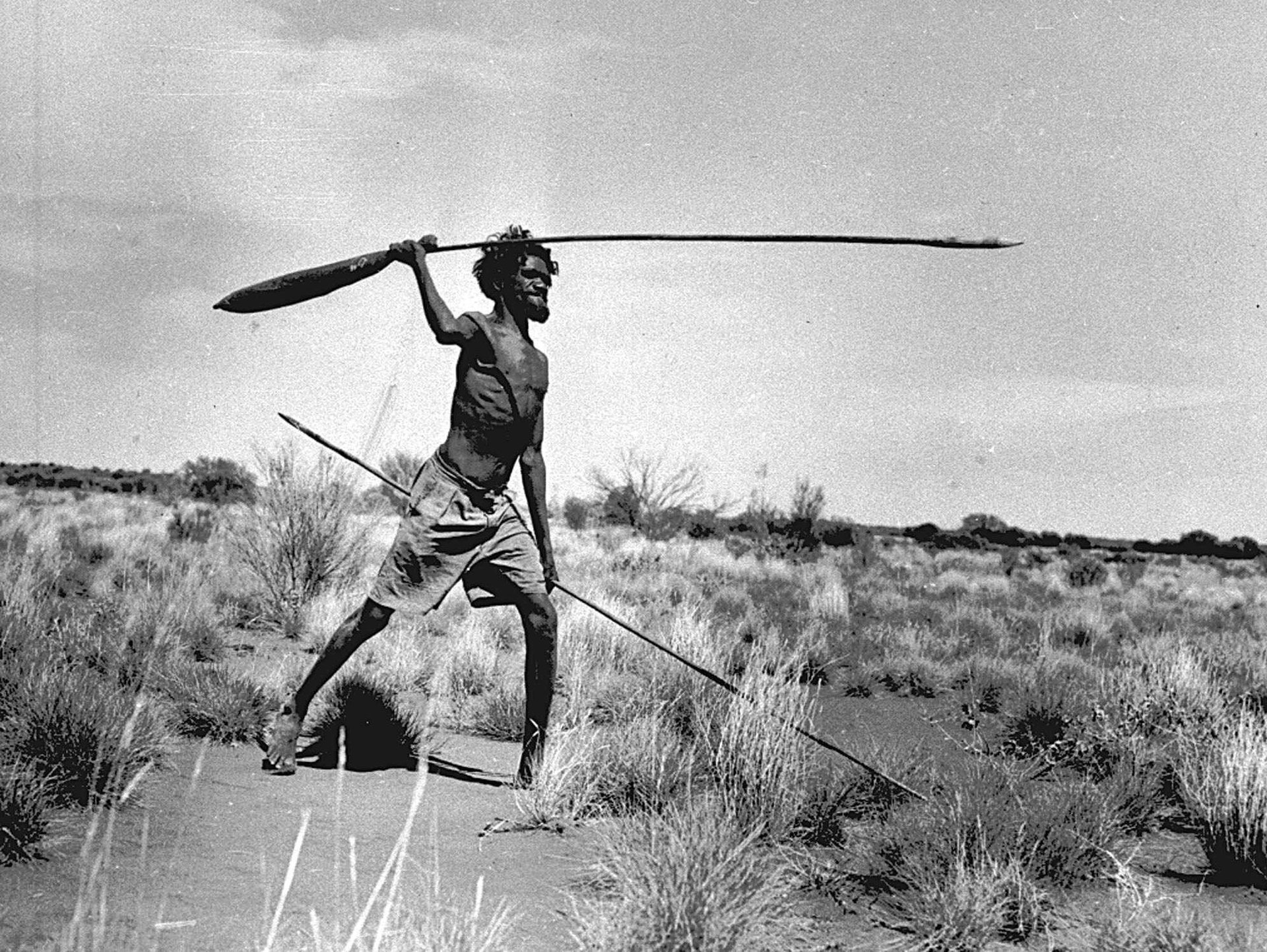National Geographic is finally reckoning with its “racist” coverage of people of color
After 130 years of publication, National Geographic magazine is reckoning with its past, saying its coverage of people of color both and in and outside the United States was for generations “racist.”


After 130 years of publication, National Geographic magazine is reckoning with its past, saying its coverage of people of color both and in and outside the United States was for generations “racist.”
In an article published by editor Susan Goldberg, the magazine said its examination of its past reporting of black people revealed a collection of “appalling stories” that “did little to push its readers beyond the stereotypes ingrained in white American culture.” The archival investigation was conducted by John Edwin Mason, who teaches African history and the history of photography at the University of Virginia.
Goldberg, the first female editor of the magazine, said Aboriginal Australians were called “savages” in a 1916 story; California cotton workers were dubbed offensive slurs like “pickaninny”; and admitted that Haile Selassie’s coronation as Ethiopia’s king in 1930 wouldn’t have been covered if he was a black man in America.

The acknowledgment comes ahead of Nat Geo’s April “Race Issue,” which was the product of collaboration among historians, journalists, and photographers. Goldberg said that ahead of the issue’s publication, they decided to scrutinize their own past before reporting on others:
“What Mason found in short was that until the 1970s National Geographic all but ignored people of color who lived in the United States, rarely acknowledging them beyond laborers or domestic workers. Meanwhile it pictured “natives” elsewhere as exotics, famously and frequently unclothed, happy hunters, noble savages—every type of cliché.”
Defined by its yellow-bordered covers and stunning photography, the magazine has been a window to the world for many Americans, featuring culture, travel, science, and geography. Toussaint Nothias, a lecturer in the Center for African Studies at Stanford University, says the periodical’s recognition of perpetuating these tropes both domestically and globally is “a powerful and significant move.”
Yet academic criticism of the publication—and others—has existed for decades Nothias says, key among them a 1993 book titled Reading National Geographic, which scrutinized its depictions of Third World cultures. In Africa, this selective framing and wrongful representation continue to date with western outlets, who use Joseph Conrad’s Heart of Darkness as a guide to the Congo, or Karen Blixen’s Out of Africa as the arbiter of pre-colonial Kenya. It is a narrative best captured by the satirical American newspaper The Onion, which wrote “Tens Of Thousands Dead In Ongoing Africa.” These racist generalizations are also rearing their head in Chinese television too.
Nothias says Nat Geo’s admission is part of a broader social momentum regarding questions of diversity and representation in cultural production and the media. Audiences adroit at utilizing social media like in Kenya have also been pushing against reductive narratives, questioning false narratives and forcing outlets like CNN to apologize for slanted coverage. “And this is why not only do we need monitoring and critical appraisal of past coverage, but also ongoing monitoring of media content and frank discussions about the current state of the industry.”